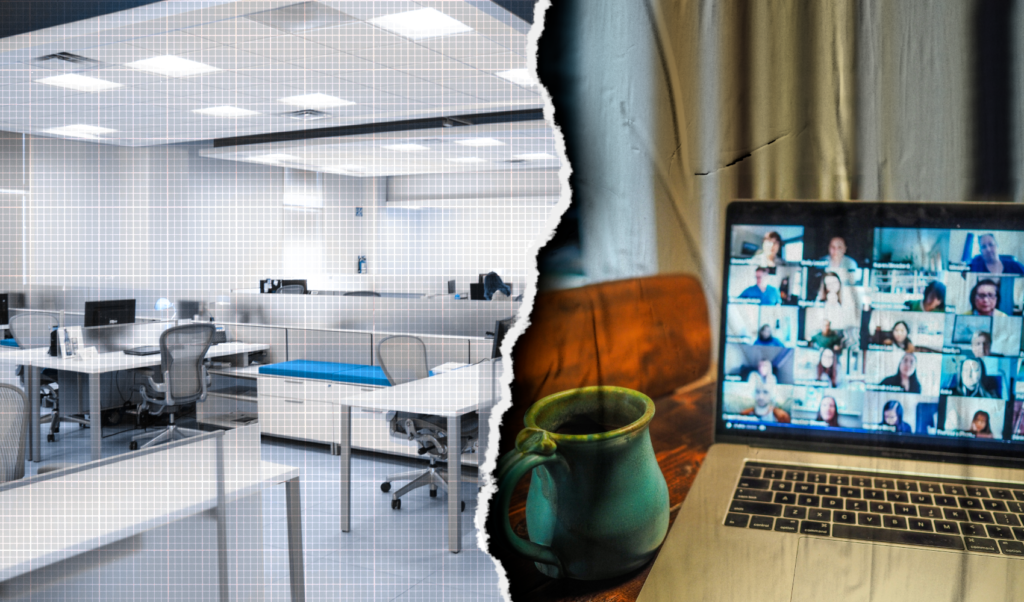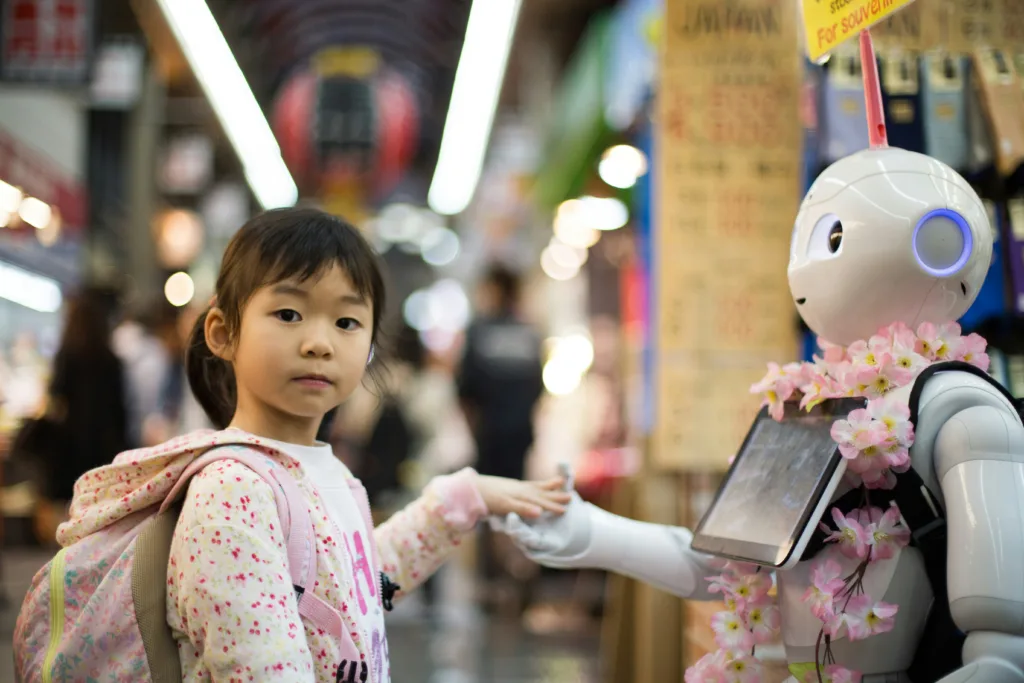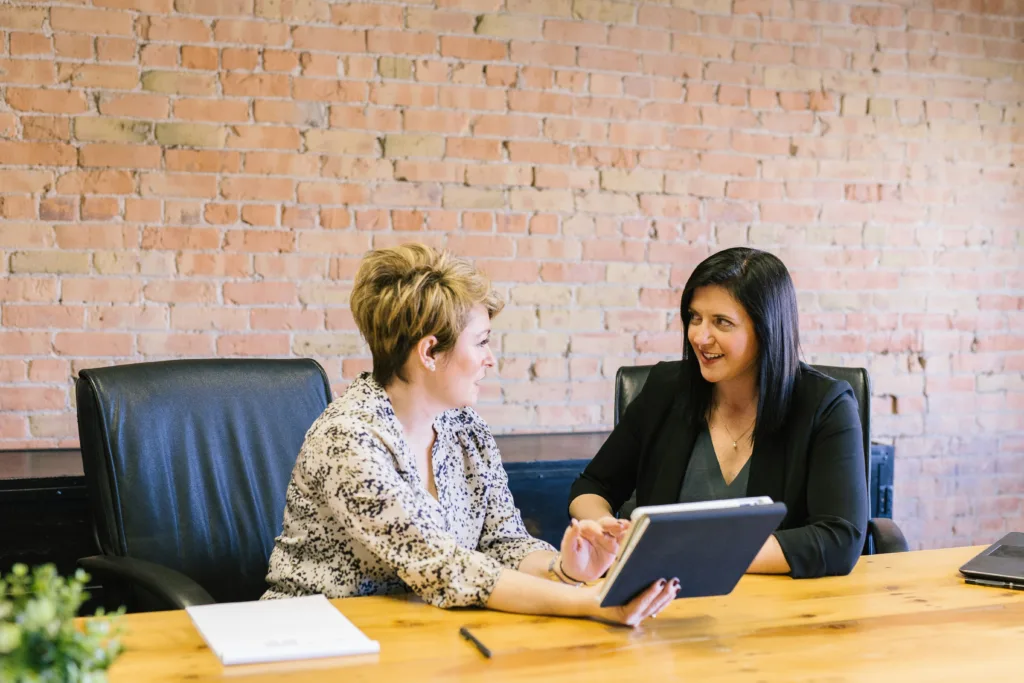We use cookies to improve your experience with Monash. For an optimal experience, we recommend you enable all cookies; alternatively, you can customise which cookies you’re happy for us to use. You may withdraw your consent at any time. To learn more, view our Website Terms and Conditions and Data Protection and Privacy Procedure.
Working out how work now works
Published on February 28, 2024People's connection to labour is facing big changes and big questions.
 At the forefront of organisations’ approach to flexibility is figuring out ‘how work can fit people — not the other way around’. : Michael Joiner 360info CCBY4.0
At the forefront of organisations’ approach to flexibility is figuring out ‘how work can fit people — not the other way around’. : Michael Joiner 360info CCBY4.0
People’s connection to labour is facing big changes and big questions.
Work just isn’t what it used to be.
Actually, work has never been what it used to be.
The daily grind has been evolving from the get-go.
An obsession with figuring out how people can work less – or better, faster, more efficiently — has driven eons of human invention.
Then we might have more time to enjoy all the other inventions aimed at our amusement — ping-pong, Donkey Kong, jet-propelled surfboards.
Despite intentions, things haven’t entirely gone to plan.
Many people are feeling overworked, and they are facing stress, burnout and a lack of support from employers.
A recent survey of more than 8,700 workers around the world found almost two thirds of Australian respondents reporting increased stress due to aggressive performance demands, while nine in ten said greater empathy from managers would help them be more productive.
Politicians appear to be paying attention, though they may disagree furiously about what to do.
Earlier this month, legislative changes to Australia’s Fair Work Act 2009 were passed, including an amendment on ‘the right to disconnect’, allowing employees to ignore ‘unreasonable’ work communications outside paid working hours.
The ensuing debate brought charges from the opposition that the new law would lead to a “continuation of the productivity problem in our country”.
But if the four-day workweek ever gets off the ground, people will have even more time not to answer the boss’s phone calls.
It’s one of several ideas about workplace innovation that have gained traction in the post-pandemic working world.
COVID-19 ushered in a ‘new normal’ around work routines that is still loaded with uncertainty, as companies and workers alike try to anticipate future trends.
The implications for ‘flexible’ work go far beyond working out how to keep the cat off the keyboard while you work from home: at the forefront of organisations’ approach to flexibility is figuring out ‘how work can fit people — not the other way around’.
Meanwhile, automation and AI are driving speculation about the future of human labour.
A recent McKinsey & Company report predicts that technology-driven shifts, along with other factors, will mean up to 1.3 million workers in Australia will have to make ‘occupational transitions’ by 2030 — that’s nine percent of the country’s total workforce forced to reskill to keep working.
As the cost-of-living crisis in Australia shows no sign of letting up soon, cultural change of this magnitude adds even more pressure.
Without a radical rethink around the relations between people and work, widespread uncertainty and anxiety about the future will persist, with unpredictable social, political and economic consequences.
Originally published under Creative Commons by 360info™.












